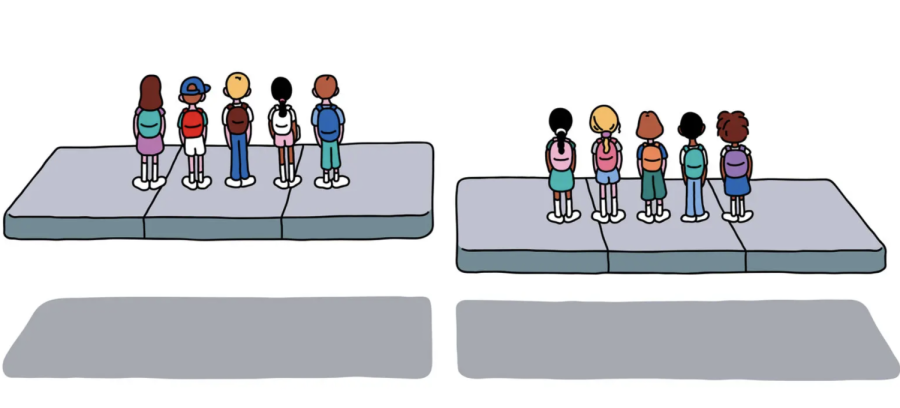Closing the gender gap in STEM education
December 23, 2022
Courtesy of the New York Times
STEM education provides rich opportunities for forming a self-image of being capable, resourceful, and able to contribute to solving important problems
As the world readies itself for the 4th Industrial Revolution, America alone will need to fill 3.5 million STEM jobs by 2025. According to the Bureau of labor statistics, It is estimated that the STEM industry will grow by 8.8%. So, it is empirical that we include every individual in the conversation– we cannot discuss STEM education, its effects, and implications without including the gender equity narrative – young women play a crucial role in advancing this technological revolution. STEM education is a tool to reach gender parity.
The United Nations report titled “Reimagining Girl’s Education through STEM” explains that “STEM education provides rich opportunities for forming a self-image of being capable, resourceful, and able to contribute to solving important problems.” Currently, traditional employment sectors are declining in response to automation, while innovation creates new ones demanding different skills. Without STEM skills – critical thinking, problem-solving and digital skills – girls and women will be further left behind in equal economic and social participation.
In a report published by the European Institute for Gender Equality (EIGE), closing the gender gap in STEM could lead to an additional 1.2 million jobs and, in monetary terms, improve GDP by $646 – $869 billion in 2050.
The report further explains that sharing positive messages with girls about STEM education abilities is critical from early childhood through adolescence – by parents and teachers, especially. Exposure to female representation and the same opportunities as their male counterparts, from their toys to tv shows, can influence gender socialization, disrupting harmful gender norms that foster doubt in competence and low self-esteem. Furthermore, if secondary schools and colleges can actively promote girls’ access to STEM studies, these norms could start to disappear.
Gender norms and gender stereotypes pose significant limitations to STEM motivation and engagement. Traditional gender roles that pertain to femininity are still prevalent. So, we must expose young girls to complex nuisances that foster curiosity. In addition, gender stereotypes that STEM studies and careers are for boys negatively affect girls’ interests, aspirations, engagement, and achievement in STEM. Caregivers and teachers often reinforce the notion that boys are better at science and mathematics than girls. Moreover, the curriculum and learning materials can reinforce gender stereotypes and unequal gender norms in STEM. This barrier of inherent and subconscious stereotyping becomes circular, with images of boys and men dominating STEM-related play, study, and work to appeal to boys, thereby discouraging girls from aspiring to it.
Similarly, the underrepresentation of women in STEM fields significantly causes a decrease in women entering, studying, and pursuing these fields. Now more than ever, we need to include women in this growing field. Increasing girls’ participation in STEM careers can close the gender pay gap and boost women’s cumulative earnings by $299 billion over the next ten years, expediting global economic development. We must work towards including women to reap the rewards of the 4th Industrial Revolution and achieve parity.
